Understanding how our collections react to water can ultimately help us make decisions about long-term storage, conservation treatment, and disaster response and recovery. For the Archives, our collections consist of many materials—photographs and negatives, audiovisual materials, and bound materials—that can be negatively affected by moisture. And when I say “moisture,” I’m not just thinking about the total submersion of an item in water. Moisture can mean increased humidity, localized conservation treatment, or an accidental liquid spill. (We’ve all seen those coffee/tea stains on our collections!)
Back in April 2019, I had the pleasure of attending a workshop on the identification and care of digital prints. During the workshop, we ran a few tests, one of which was water sensitivity. Here’s how our prints faired:
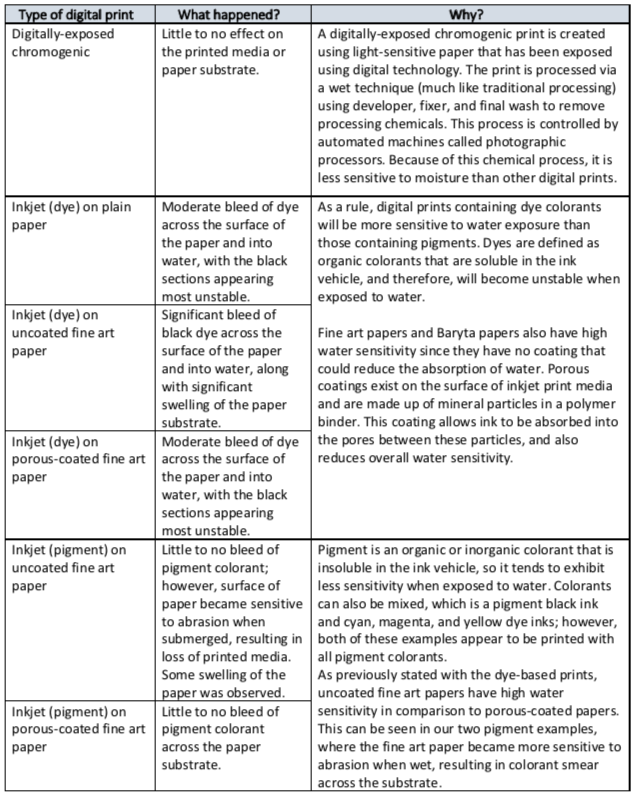
So, what can we take away from this fun (but slightly terrifying) test? First, dyes tend to be more sensitive to water exposure than pigments. Secondly, some print supports, such as fine art paper or Baryta paper, also exhibit higher sensitivity to water. Lastly, keep in mind that each individual digital print is unique. The type of printer, the printing process, and the inks can all dictate how the print will react to water, but hopefully this exploration into water sensitivity was able to assist in your future preservation planning!
Related Resources
- The Atlas of Water Damage on Inkjet-Printed Fine Art, by Megan Connor and Daniel Burge, The Image Permanence Institute
- “I.D. This! Solid Ink Inkjet Print,” by Alison Reppert Gerber, The Bigger Picture, Smithsonian Institution Archives
- The DP3 Project: Digital Print Preservation Portal, The Image Permanence Institute
Produced by the Smithsonian Institution Archives. For copyright questions, please see the Terms of Use.

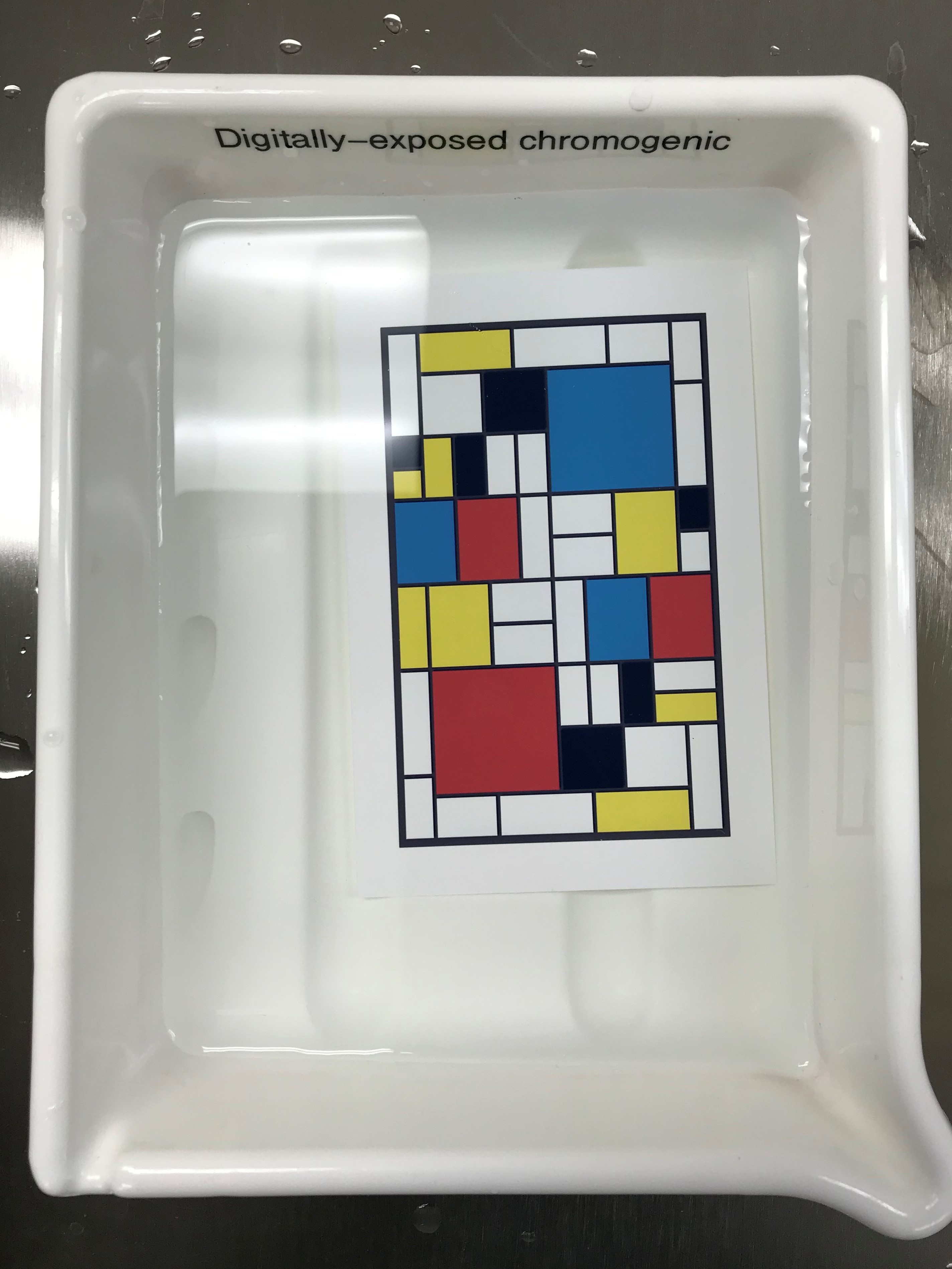
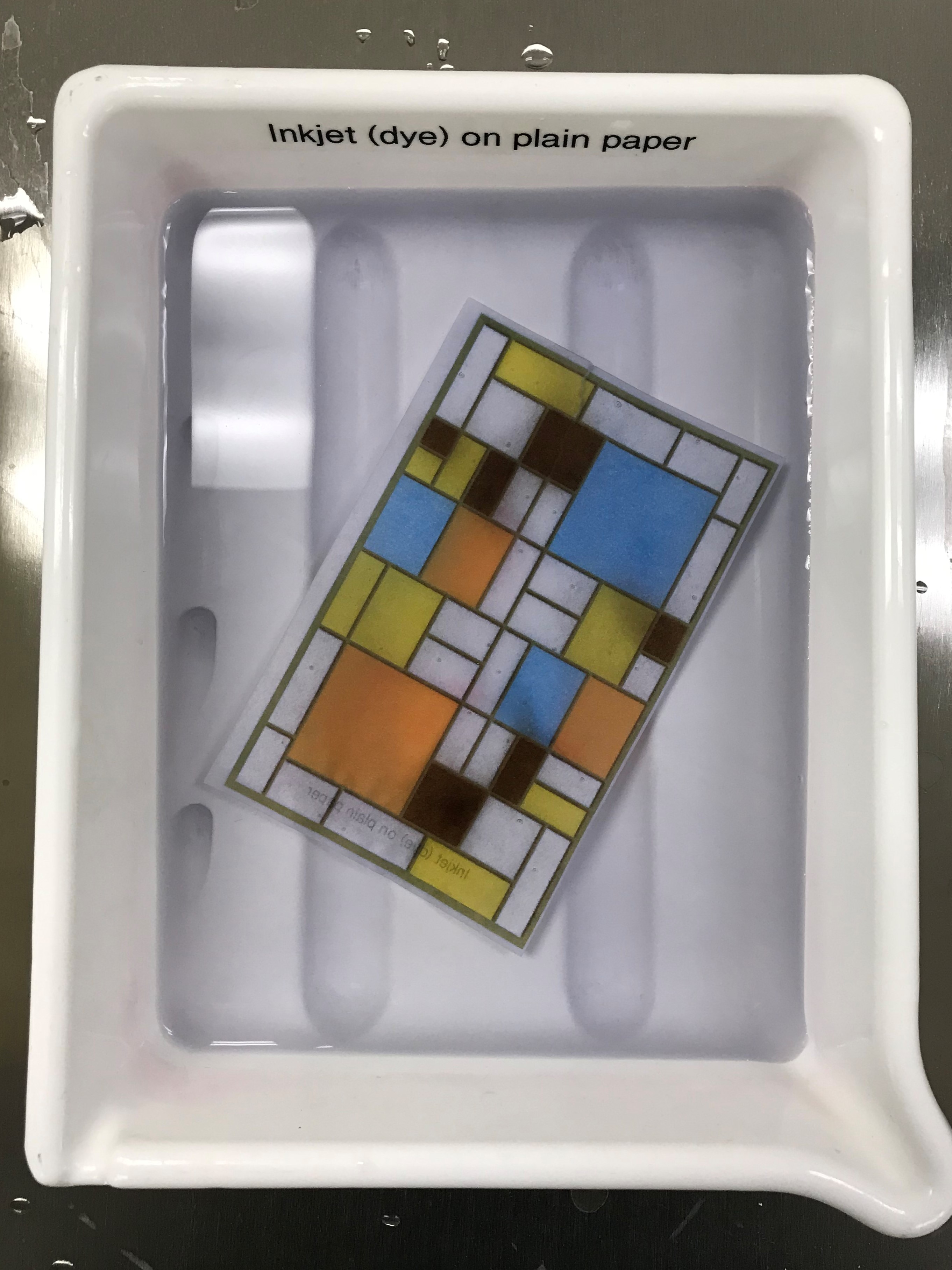
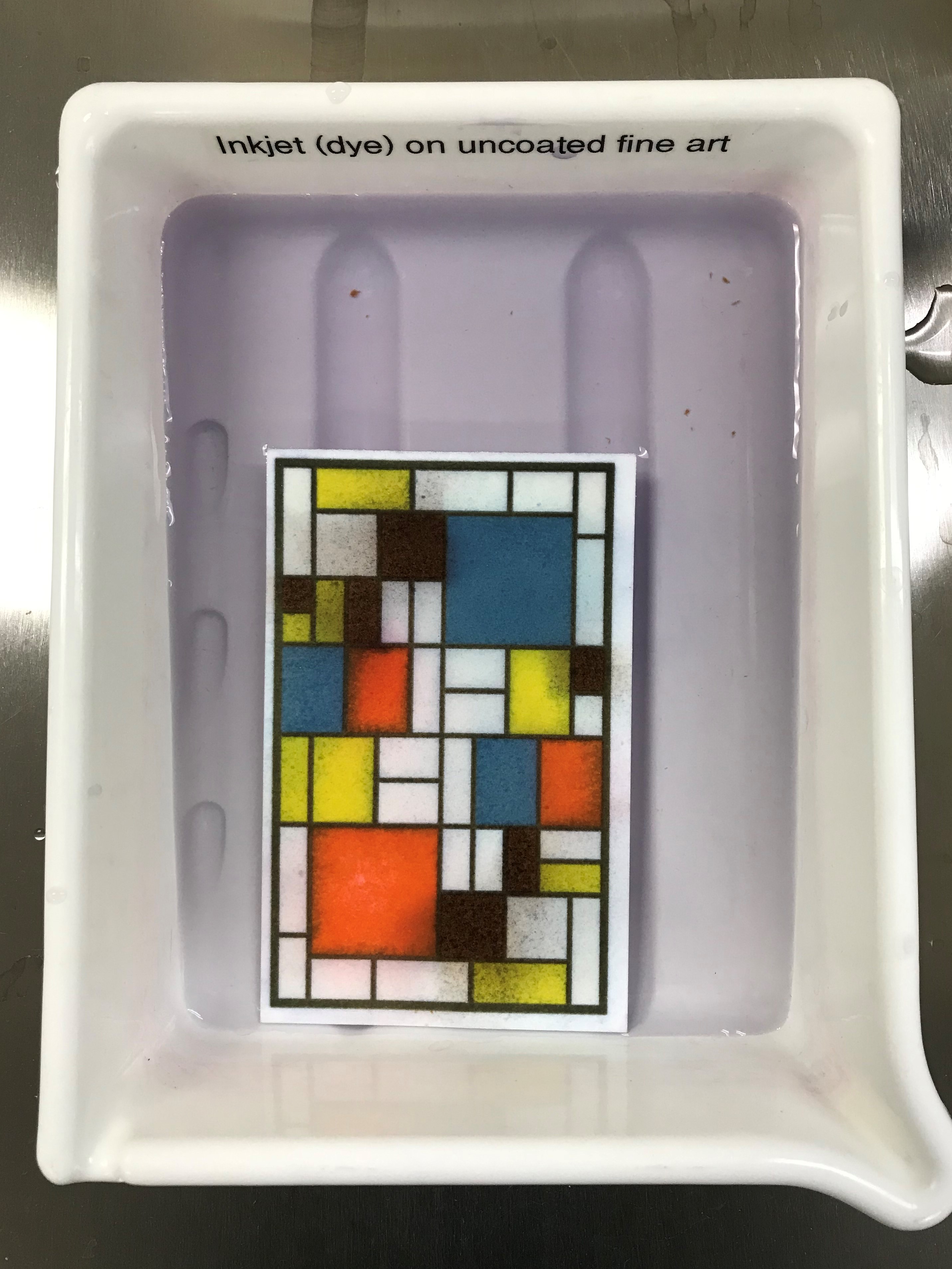


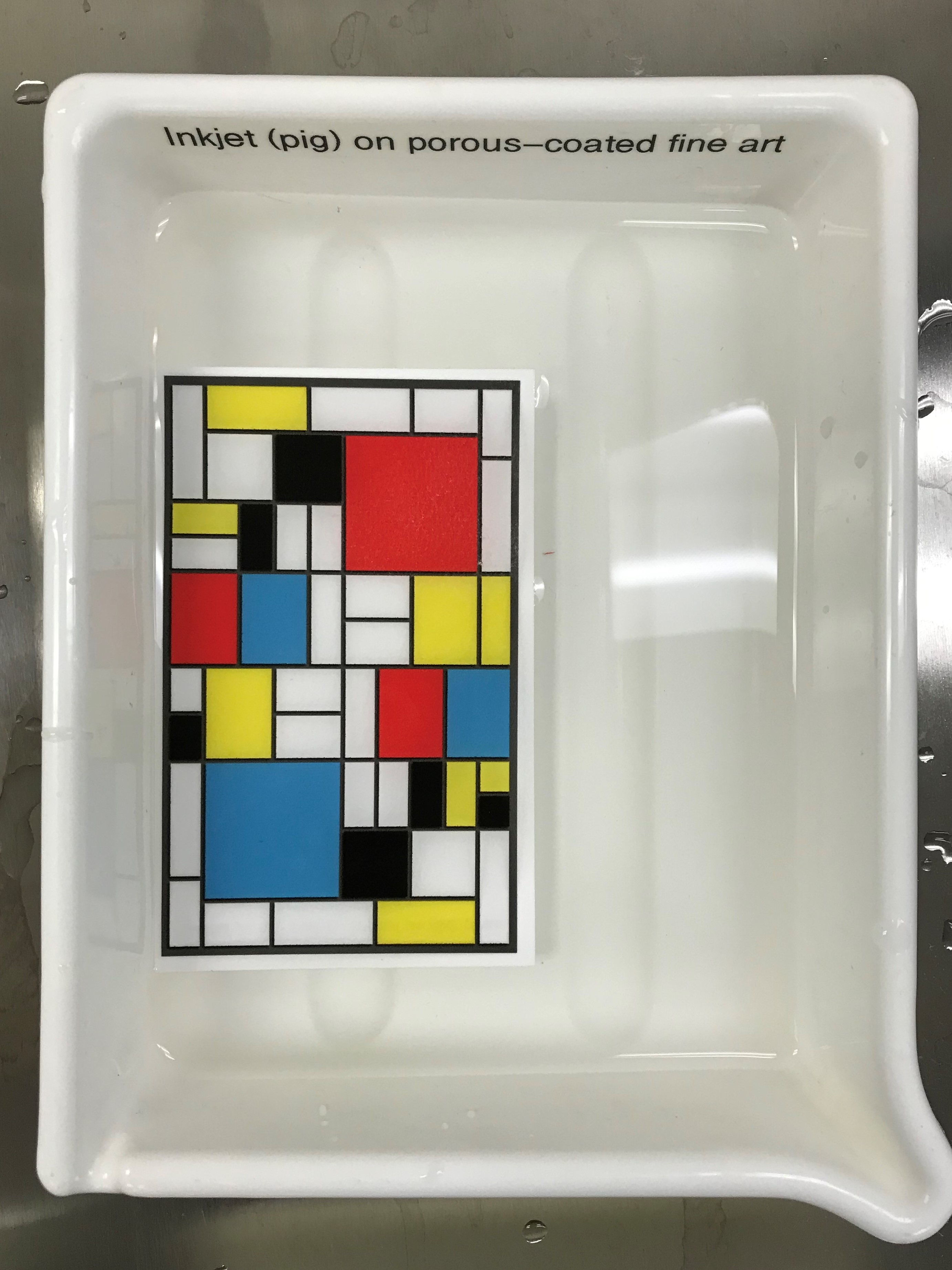
Leave a Comment